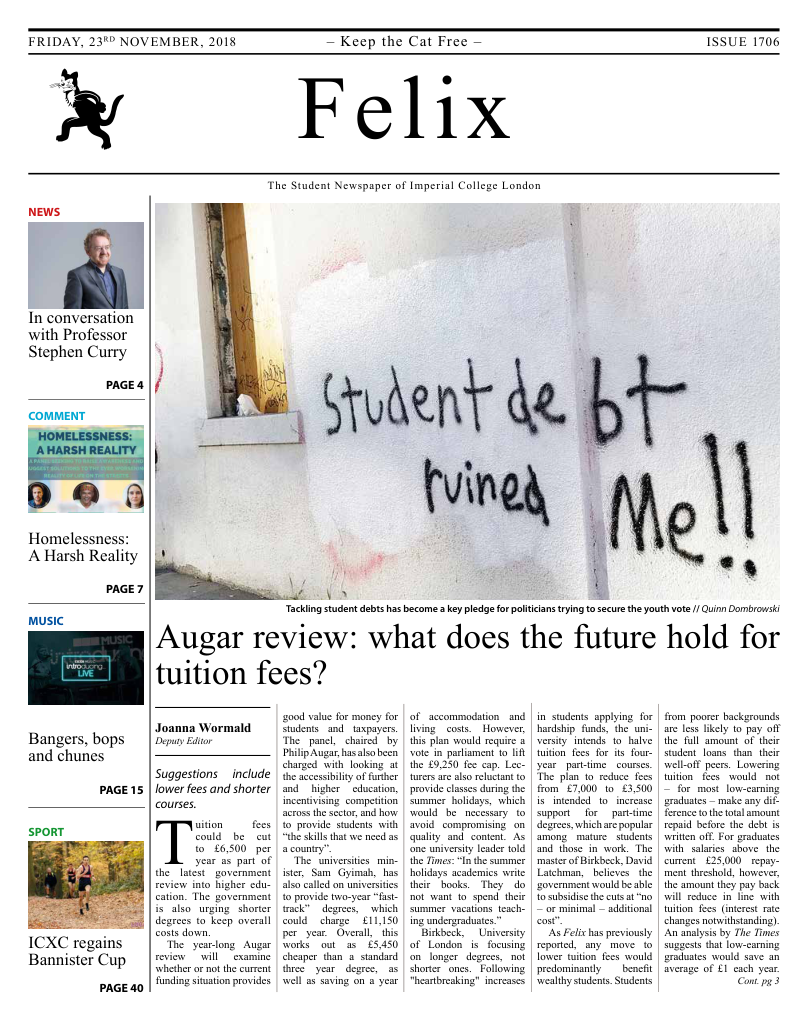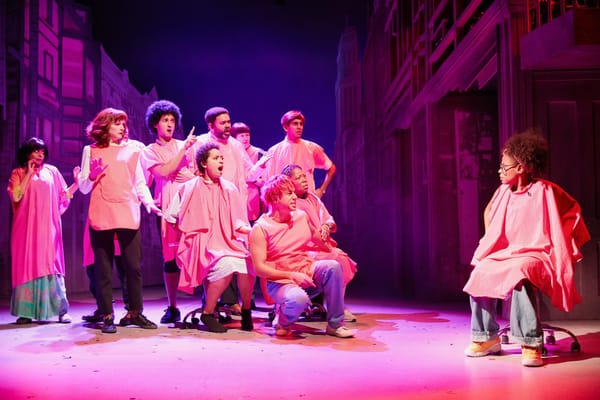Simon Boccanegra
The stage at the Royal Opera House morphed into the streets and rich saloons of 14th century Genoa, for an evening of political games, action-packed scenes and high-quality music.

This season’s first performance of Simon Boccanegra was dedicated to the memory of Montserrat Caballé, the famous opera singer in the bel canto tradition. If the melodic, legato lines of Verdi’s arias are a meaningful tribute to this diva’s style of singing, none of the cast could quite compare to her world-famous quality.
The opera is structured in a prologue and three acts and tells the story of a Genoese corsair who is elected Doge by the people. After twenty-five years, his long-lost illegitimate daughter is found, adopted by her unsuspecting actual granddad, and falls in love with the son of his greatest enemy. Nobleman and plebeians weave their way through the convoluted political scene of the city, rebel, envy, commit treachery and reconcile, up to a tragic finale. Care was taken to show the passing of time: singers returned from the ‘twenty-five years later’ interlude with visibly whiter hair.
For those who do not speak Italian, subtitles are provided. Still, it is hard to follow the action at times, particularly in duets or trios, as captions do not clearly mark the transition from one character’s line to another’s. And one can’t suppress the feeling of some details being lost in translation, as often long lines are translated to only a few English words.
The sets are enormous, with the same columns and tiled floor as a common element for every scene. Simple details were added from scene to scene: the Doge’s personal belongings, a palace’s front door, some scribbled Italian graffiti, or a lone bench in a colonnade. During the first act, a particularly empty stage proved too hard to fill for a lonely Hrachuhi Bassenz, singing Amelia Grimaldi. With the entrance of Carlos Álvarez, as Simon Boccanegra, the set regained energy and interest.
There are of course some brilliant moments. Francesco Meli as Gabriele Adorno earned the audience applause with his solo aria, and Ferruccio Furlanetto as Jacopo Fiesto impressed with his consistently solid performance, always sounding clearly and louder than the orchestra.
The anonymous and often forgotten cast also deserves praise: every chorus moment brought life to the stage, bursts of action contrasting with operatic, frozen-in-time sections. Their off-stage lines had a dark, ghostly feeling that overall contributed to the intensity of the drama. Musically, the orchestra was beautiful and precise, supporting the scene without becoming the protagonist. In terms of collective performance, the full section in the council chambers is unforgettable, involving spectacular sword fights, incredible coordination, alternating arias, ensembles and choruses, in an exciting crescendo of dramatic tension and exhilarating music.
-3.5 stars








